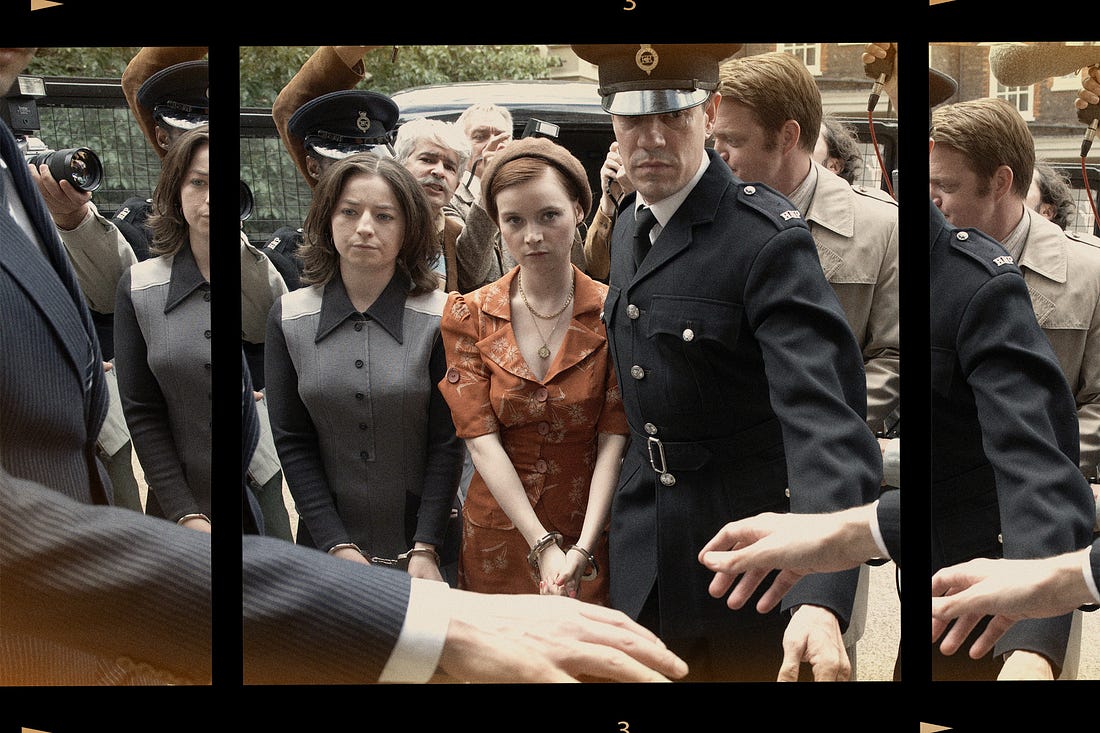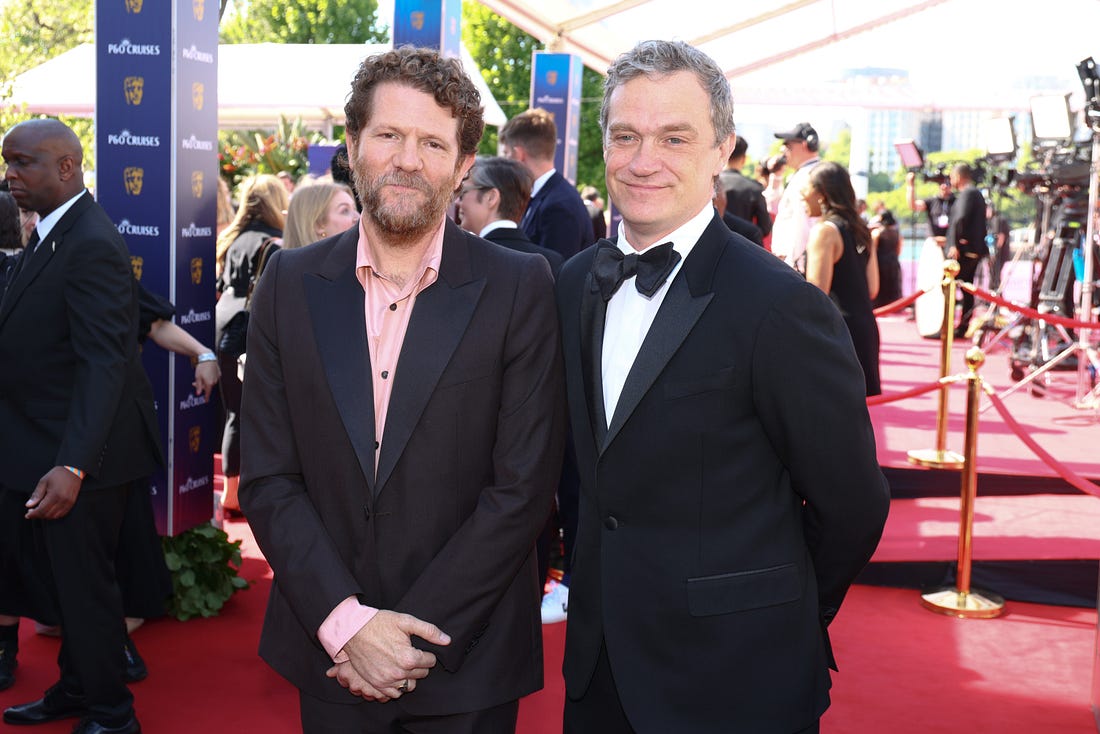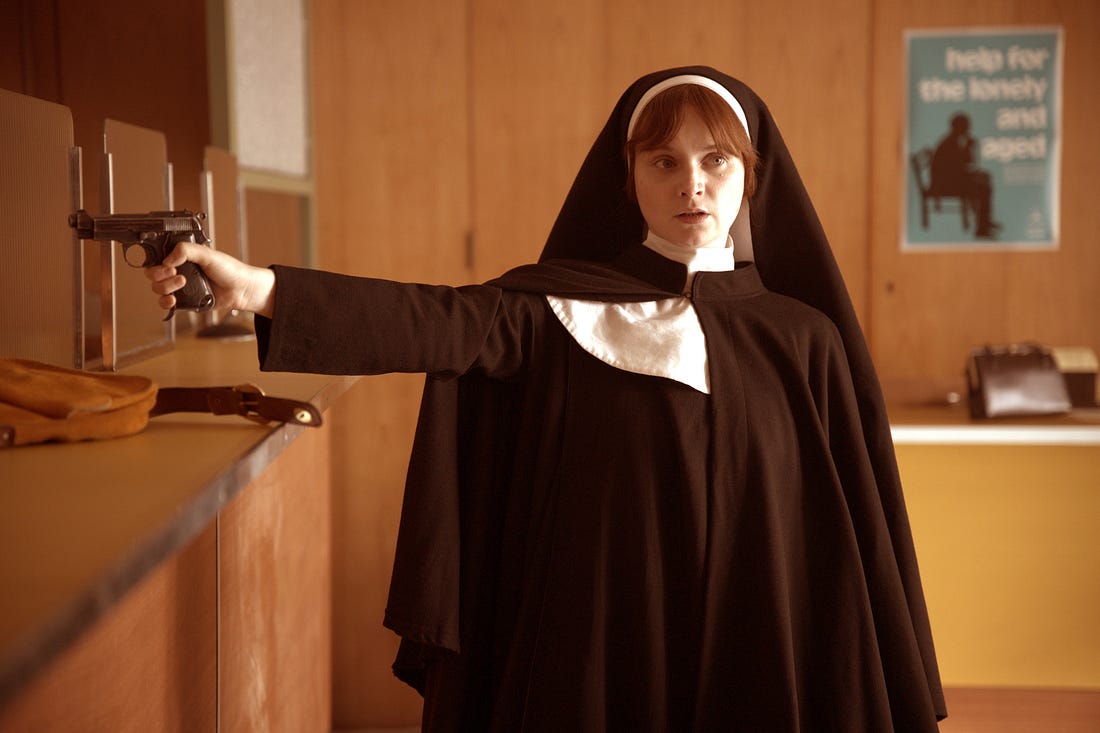🎧 ‘Say Nothing’: Tackling ‘Profound and Tough Questions’ of the Irish TroublesHow the FX limited series’ creator, director & cinematographer conveyed three violent decades in Northern Ireland
Welcome to the new Emmy season of Art & Crafts, The Ankler’s podcast series dedicated to bringing audiences behind the scenes to examine the careers and contributions of the artisans who create what we love. Subscribe and listen on Apple Podcasts.The first time Joshua Zetumer was ever paid to write in Hollywood was during his mid-20s for a movie about the Irish Republican Army (IRA). The film was set to star Leonardo DiCaprio and had Game of Thrones creator David Benioff attached to produce. Twenty years after that movie failed to get off the ground, another producer who’d been attached to that project, Brad Simpson, slipped Zetumer a book called Say Nothing, set in the same world of the Troubles — three decades of conflict in Northern Ireland between Unionists (generally Protestant and loyal to the U.K.), Nationalists (generally Catholic and seeking a united Ireland) and the British military. “When I read the book, two things happened,” Zetumer recalls. “Right away, it became my favorite book — and I thought, ‘There's no way in hell this is ever going to get made because it's just such a vast piece of material.’” Nevertheless, Zetumer signed on, and the resulting limited series — FX’s Say Nothing — achieved all the scope, detail and interconnected narratives he aimed to achieve. In a conversation moderated by editor Michael Ruscio, ACE (an Emmy nominee for Netflix’s 3 Body Problem), Zetumer, together with director Michael Lennox and cinematographer Stephen Murphy, lay out how they collaborated to adapt the nonfiction book by Patrick Radden Keefe into a haunting scripted drama. At the center of the story, which explores the morality and legacy of political violence, is Dolours Price (Lola Petticrew), a real-life IRA volunteer who spent eight years in jail for her part in a 1973 bombing. A Northern Ireland native, Lennox brought a uniquely personal take on the story. His parents went to school in Belfast in the early 1970s, and he has powerful memories from his ’90s childhood of the Good Friday agreement that finally put an end to most of the violence. Like anyone from the area, he thought he knew the whole story of the Troubles — and was skeptical of the work of Keefe, an American journalist. That is, until he actually read the book. “We know what happened in the late ’60s to the present day, but I didn’t quite know it to this depth,” Lennox says. “I felt that this could be an important piece of television which asked some really profound and tough and interesting questions, and I wanted to be part of that.” Those questions added a level of moral ambiguity to the scripts, which made Murphy’s role as cinematographer that much more complex. To portray a setting that’s, as he put it, filled with “half-truths,” Murphy deployed half-lights, semi-silhouettes and sometimes full silhouettes, cuing viewers to see and interrogate their own biases. “You're leaning in a little closer, and you're questioning a little more,” he says. “You're trying to read something that maybe is there, maybe isn't there.” Follow us: Instagram | YouTube | LinkedIn | Bluesky | TikTok | X | Threads | Facebook | WhatsApp ICYMI
Like & Subscribe, a creator economy newsletterThe Optionist, a newsletter about IP |
🎧 ‘Say Nothing’: Tackling ‘Profound and Tough Questions’ of the Irish Troubles
May 28, 2025
0



















